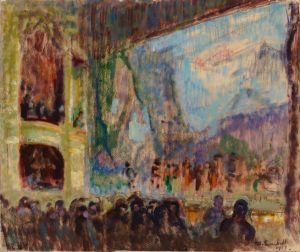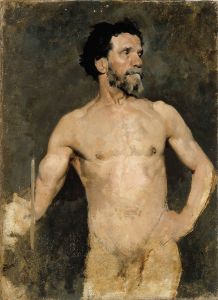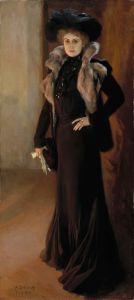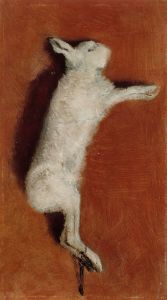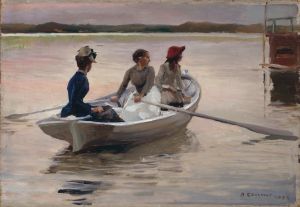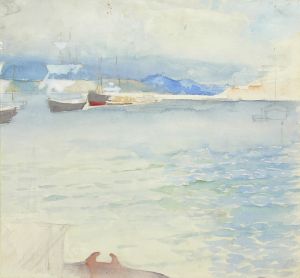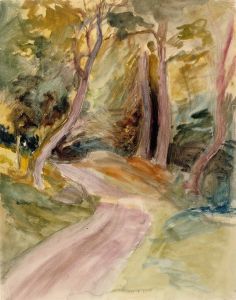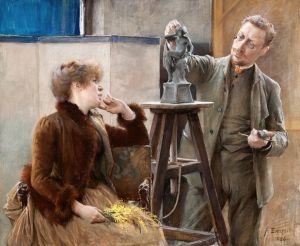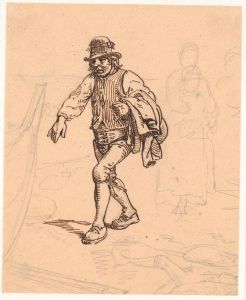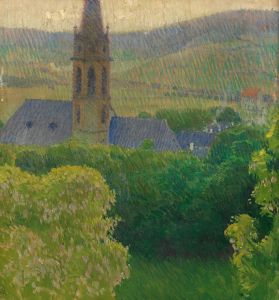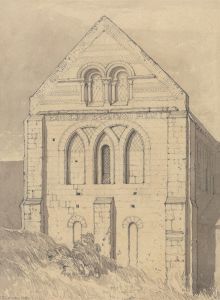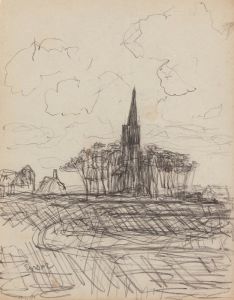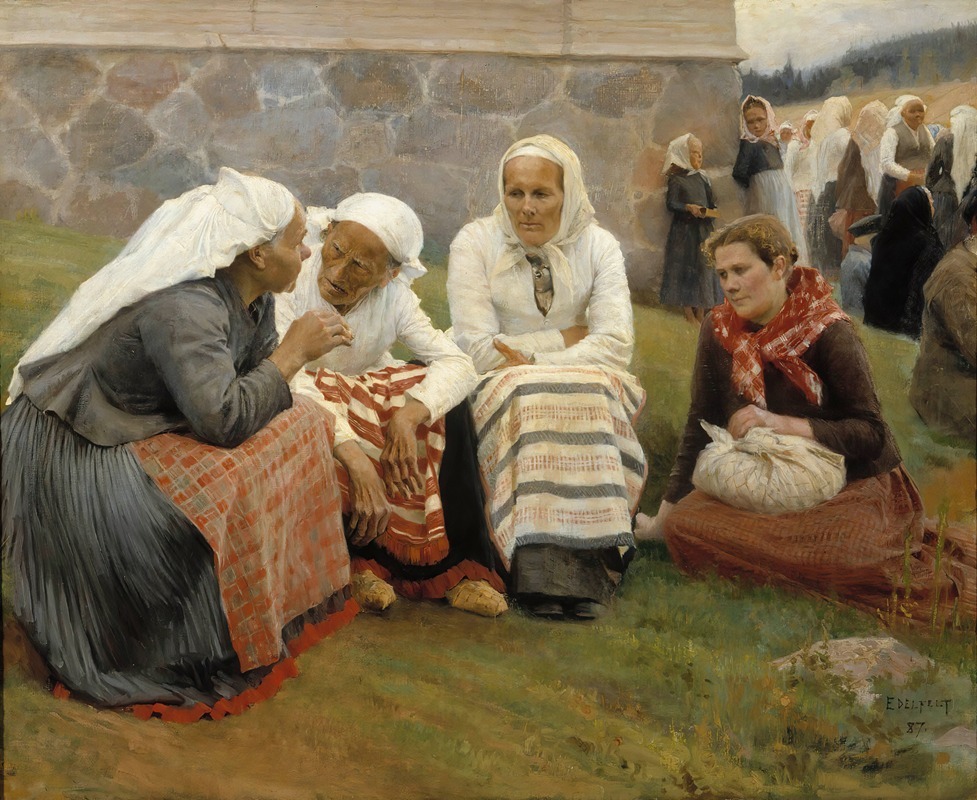
Women Outside The Church At Ruokolahti
A hand-painted replica of Albert Edelfelt’s masterpiece Women Outside The Church At Ruokolahti, meticulously crafted by professional artists to capture the true essence of the original. Each piece is created with museum-quality canvas and rare mineral pigments, carefully painted by experienced artists with delicate brushstrokes and rich, layered colors to perfectly recreate the texture of the original artwork. Unlike machine-printed reproductions, this hand-painted version brings the painting to life, infused with the artist’s emotions and skill in every stroke. Whether for personal collection or home decoration, it instantly elevates the artistic atmosphere of any space.
Albert Edelfelt's painting "Women Outside the Church at Ruokolahti" is a notable work in the canon of Finnish art, created in 1887. Edelfelt, a prominent Finnish painter, was known for his ability to capture the essence of Finnish life and landscapes, and this painting is a prime example of his skill in portraying everyday scenes with a sense of realism and warmth.
The painting depicts a group of women gathered outside the church in Ruokolahti, a small parish in southeastern Finland. The scene is set in the late 19th century, a time when Finland was under Russian rule but was experiencing a burgeoning sense of national identity. Edelfelt's work often reflected this nationalistic spirit, and "Women Outside the Church at Ruokolahti" is no exception. The painting captures the traditional Finnish costumes worn by the women, highlighting the cultural heritage and customs of the region.
Edelfelt's choice of subject matter reflects his interest in the lives of ordinary Finnish people and his desire to document their customs and traditions. The women in the painting are depicted in a moment of social interaction, possibly after a church service, which was a central aspect of community life in rural Finland. The church itself, although not the focal point of the painting, is an important symbol of the community's spiritual life and cultural continuity.
The composition of the painting is carefully balanced, with the figures arranged in a way that draws the viewer's eye across the scene. Edelfelt's use of light and shadow adds depth and dimension to the painting, creating a sense of realism that was characteristic of his style. The natural setting, with its lush greenery and serene atmosphere, further enhances the painting's appeal and underscores Edelfelt's mastery of landscape painting.
"Women Outside the Church at Ruokolahti" is also significant for its portrayal of Finnish women. At a time when women's roles were largely confined to the domestic sphere, Edelfelt's painting presents them as active participants in community life. This depiction aligns with the broader European art movement of the time, which began to explore more diverse and realistic portrayals of women.
The painting is housed in the Ateneum Art Museum in Helsinki, which is part of the Finnish National Gallery. It remains one of Edelfelt's most celebrated works and continues to be appreciated for its historical and cultural significance. The painting not only offers insight into the daily life of 19th-century Finland but also serves as a testament to Edelfelt's skill as an artist and his contribution to Finnish national identity.
Albert Edelfelt's work, including "Women Outside the Church at Ruokolahti," played a crucial role in the development of Finnish art. By capturing the essence of Finnish life and landscapes, Edelfelt helped to establish a national art style that resonated with the Finnish people and contributed to the country's cultural heritage. His paintings remain an enduring part of Finland's artistic legacy, celebrated for their beauty, realism, and cultural significance.





